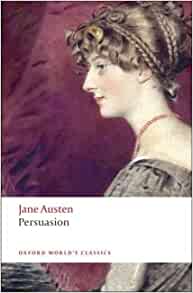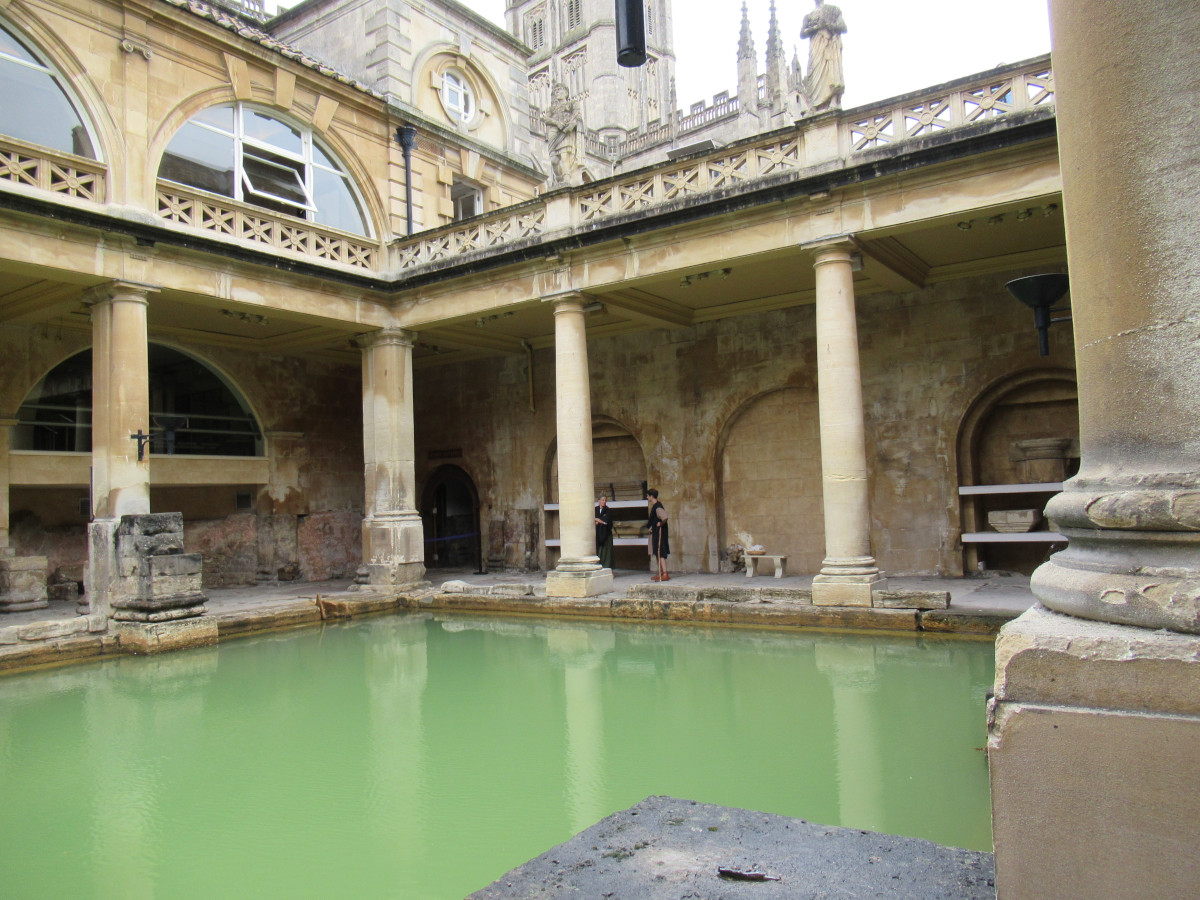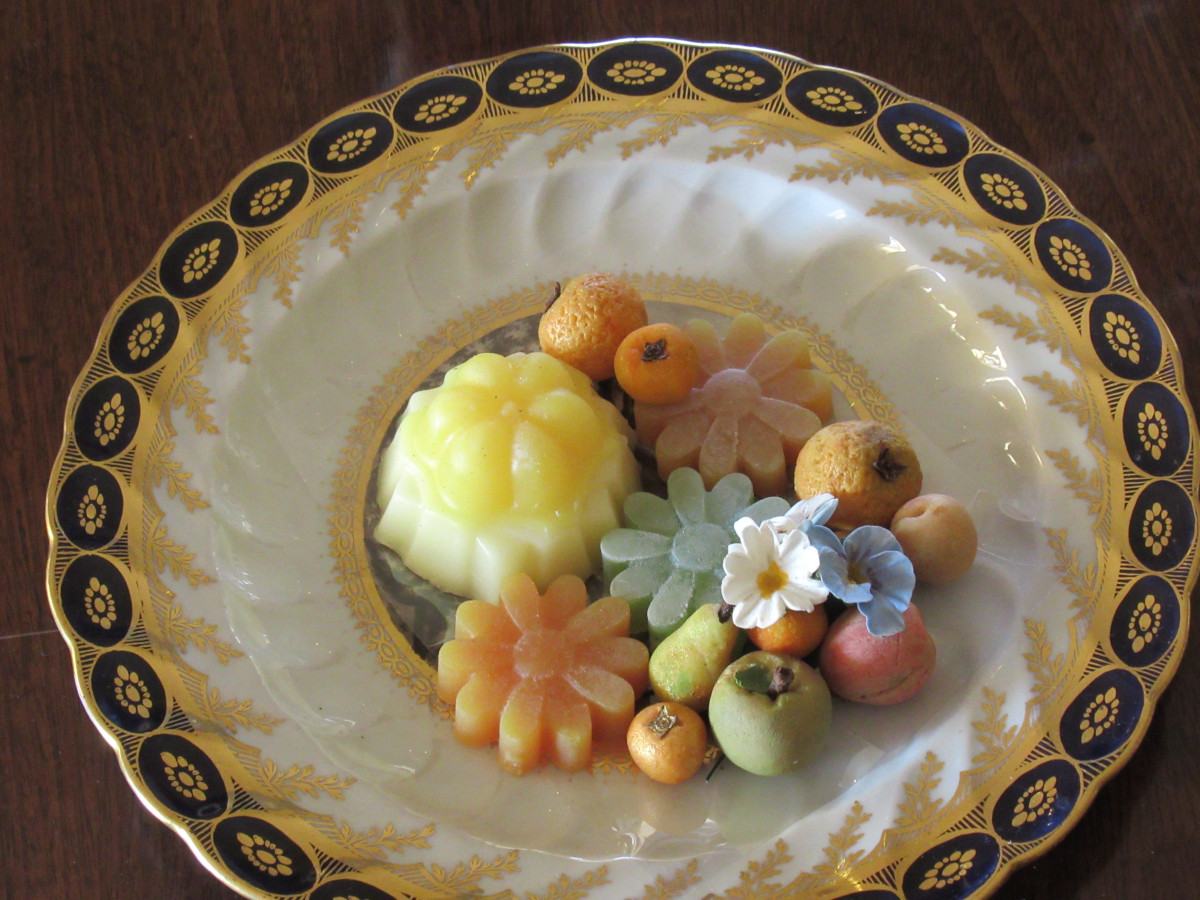18th Century Bath attracted visits from the wealthy and entitled, who loved to visit for a ‘season’, a period of weeks or months any time between late September and June. They would rent a house as a refreshing escape from London or, for country dwellers, a chance to enjoy city life. The health benefits of drinking and bathing in Bath’s spring waters were legendary, entertainments were on offer and there was always the chance to mix in high society, perhaps to do a little match-making. The characters in several Jane Austen novels are shown ‘doing the season’ in Bath and this post explains what that meant.
what to do all day?



A typical day for someone enjoying the ‘season’ in Bath might begin with a visit to the baths, where the soothing hot water was said to relieve aches and pains. Invalids were transported in three-wheeled push-along chairs, still known as Bath Chairs. After that came a visit to the Pump Room to drink the spring water. Oliver Goldsmith recorded that usual daily practice was to drink ‘three glasses at three different times’ while engaging in conversation, reading, relaxing and perhaps listen to the resident musicians. After that, Goldsmith relates, the ladies retired to drink coffee and the men to read newspapers!
Walks were popular afternoon activities, either along the ‘parades’ or, for the more energetic, in the surrounding countryside. Shopping was a popular pastime and one visitor in 1810 wrote of Bath having ‘a multitude of splendid shops, full of all that wealth and luxury can desire, arranged with all the arts of seduction.’ Evenings would be spent on more socialising, perhaps dining with friends or going out to one of the entertainments on offer. There were plays at the theatre, balls at the Assembly Rooms and opportunities for games, cards and more conversation. Goldsmith wrote of the ‘continued rotation of diversions’ on offer, something also depicted in Jane Austen’s novels, particularly Northanger Abbey and Persuasion.
The poet Robert Southey (1774-1843), who grew up in Bath, described some of the seamier side of all this as follows: ‘It is a fine place for gamblers and for that species of man called fortune-hunters, a race of swindlers of the worst kind. They make it their business to get a wife of fortune, having none themselves; age, ugliness and even idiocy being no objections.’
beau nash



The larger-than-life Richard Nash, more commonly known as Beau Nash, was for over 50 years the self-appointed master of ceremonies in Bath, overseeing and regulating everything that happened. His source of income was unclear – perhaps it was largely the profits he made from gambling? – but he dressed flamboyantly and was driven round Bath in a post-chaise pulled by six grey ponies, with a footman running ahead to announce his presence. He vetted newcomers, interviewing them to assess their suitability before allowing them access to the functions held in the city and he drew up a list of rules to govern everyone’s behaviour.
Beau Nash’s rules included a dress code under which ladies were forbidden to wear ‘aprons’ in the ballroom and men were told to remove their riding boots in favour of cleaner footwear before going to a ball. Dancing was to end by 11.00 pm and there was to be no excessive eating or drinking, in short ‘the virtues of moderation, order and routine’ were to be upheld. He particularly stated that gossip was forbidden, as were ‘swords and duelling.’ On a plaque in his memory inside Bath Abbey, he is referred to as the ‘Arbiter Elegantarium’ or ‘Arbiter of fine manners’.
pleasure and delight



You can find traces of this 18th century style if you visit the Pump Room or Assembly Rooms (see previous post). The atmosphere was memorably captured by Christopher Anstey, who and was described as a ‘country gentleman and literary dilettante and visited Bath every year. Here are a few lines from a poem he published in 1766.
Of all the gay places the World can afford
By Gentle and Simple for Pastime ador’d
Fine Balls and fine Concerts, fine Buildings and Springs,
Fine Walks and fine Views and a Thousand fine Things,
Not to mention the sweet Situation and Air,
What Place, my dear Mother, with Bath can compare?
Listen to the POdcast
Reading suggestions
A Traveller’s History of Bath by Richard and Sheila Tames
A-Z of Bath Places-People-History by Peter Kilby
Voices of 18th Century Bath Edited by Trevor Fawcett
Northanger Abbey by Jane Austen
Persuasion by Jane Austen
links for this post
The Pump Room (now a restaurant)
The Assembly Rooms
Previous Episode Discovering Bath’s Georgian Architecture
Next Episode Bath through the Eyes of Jane Austen
Last Updated on August 24, 2023 by Marian Jones






